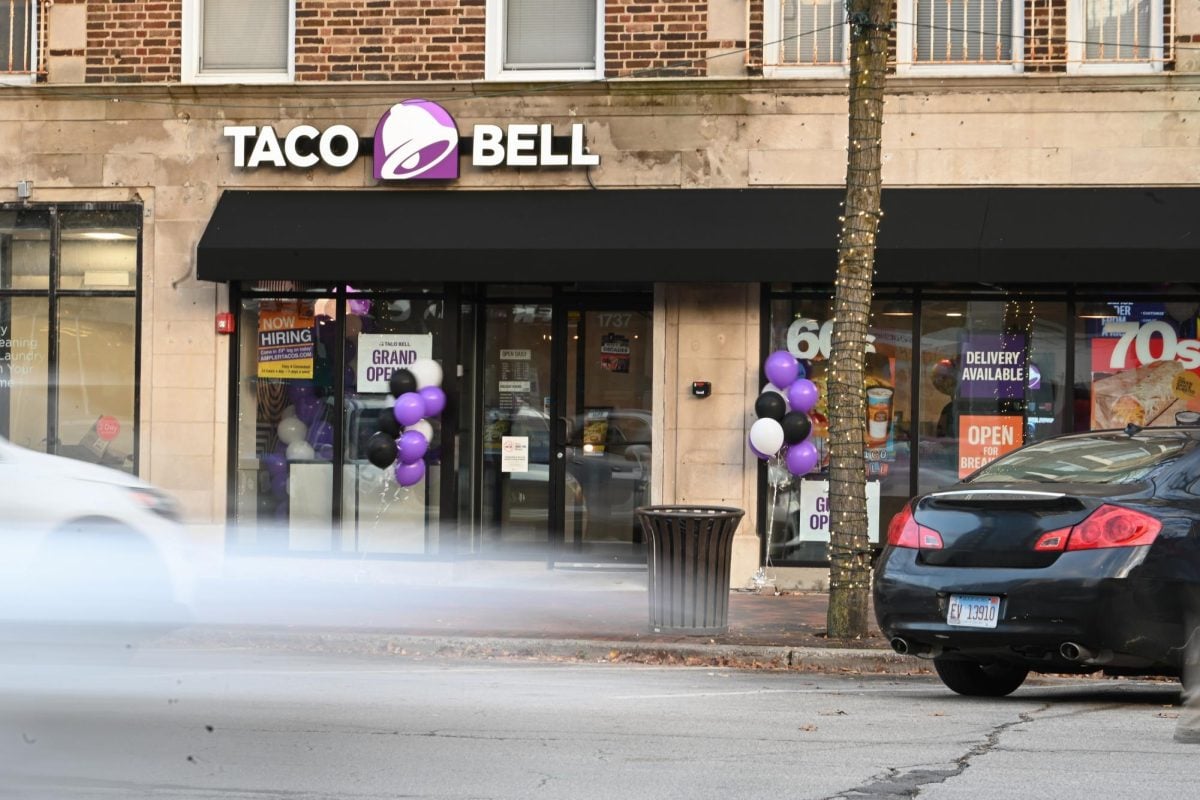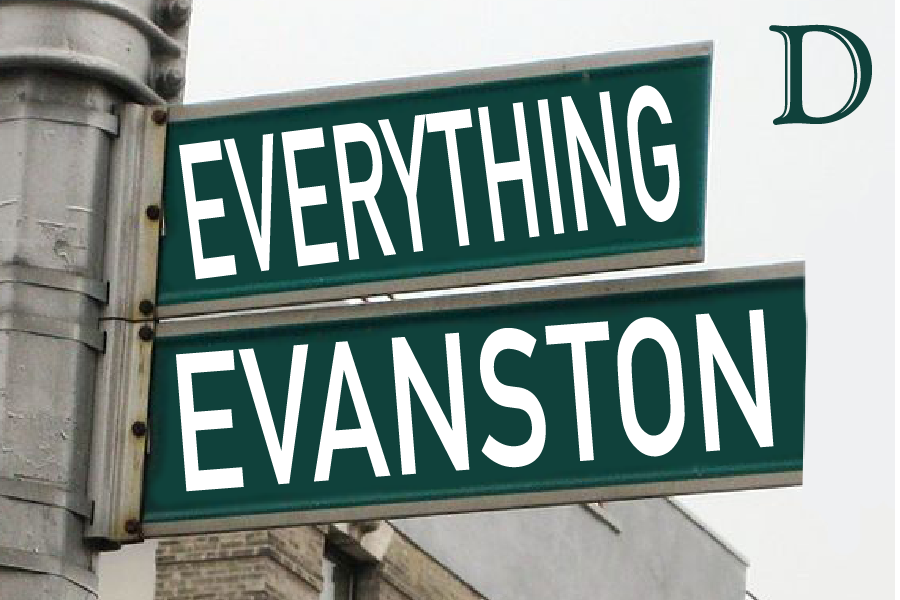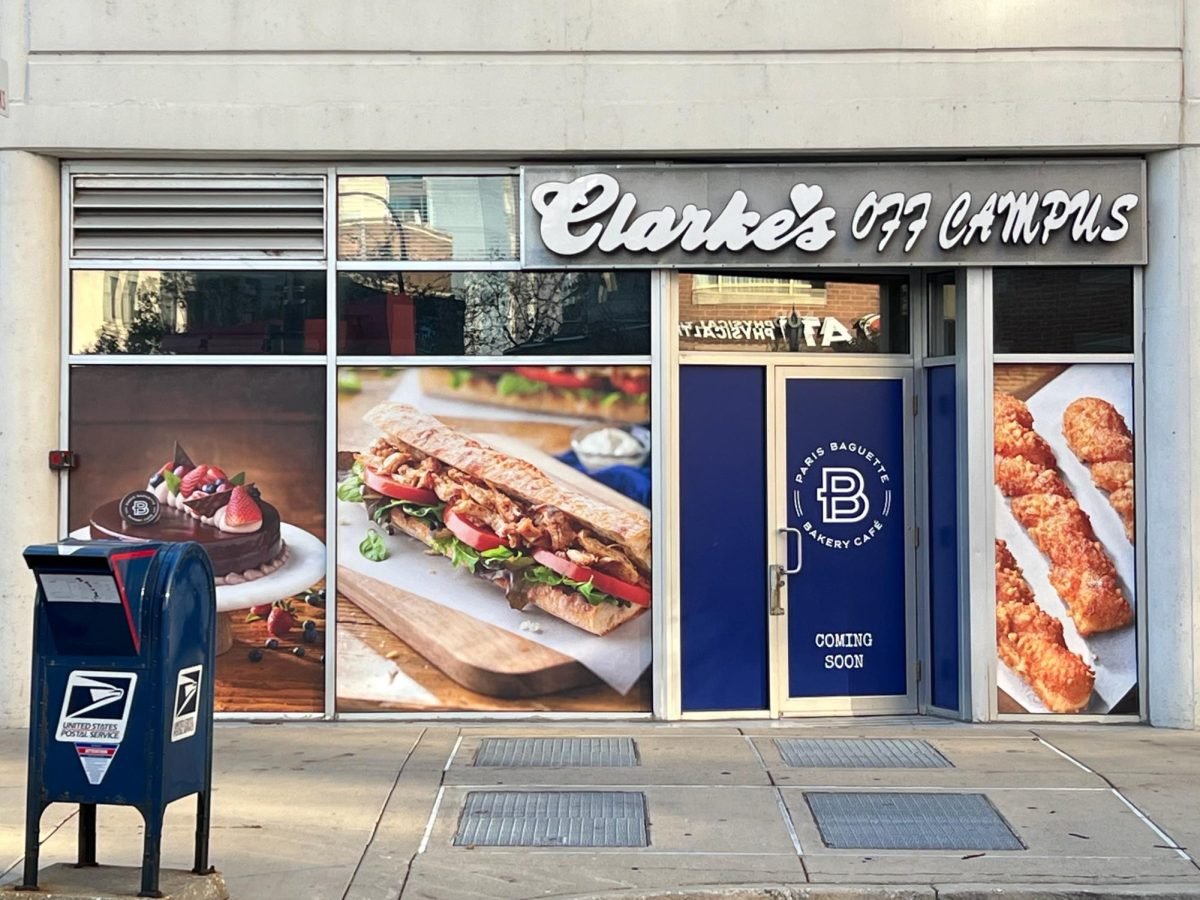Evanston moved forward Thursday toward designating a tax increment financing district that would fund upgrades and help attract tenants to the Evanston Plaza shopping center at Dempster Street and Dodge Avenue.
In a 4-0 vote, the Joint Review Board made a non-binding recommendation to the Evanston City Council to approve the Dempster/Dodge redevelopment plan during its Thursday afternoon meeting at the Lorraine H. Morton Civic Center, 2100 Ridge Ave.
The proposed TIF district would give the city a projected $20 million budget over 23 years to spend on redevelopment projects in that district, according to a report prepared by the city and its consulting firm, Kane, McKenna and Associates, Inc. A TIF district uses public financing, based on the promise of future tax revenue, to help subsidize redevelopment.
Three of the five tax bodies that would be affected by this new TIF district – Evanston Township, Cook County and Oakton Community College – did not send a representative to the meeting.
Mary Brown and William Stafford, chief financial officers for Districts 65 and 202, respectively, voted for the recommendation. Ald. Mark Tendam (6th) and Michael Sutton, a resident of the 2nd Ward, where the center is located, cast the remaining votes.
WHI Real Estate Partners LLC and the Bonnie Management Corp. purchased Evanston Plaza from Bank of America in December, months after the property went into foreclosure.
The center meets the Act’s standard for excessive vacancies, one of the qualifying factor for a “blighted area” TIF district, said Nicholas Greifer from Kane, McKenna and Associates, Inc. He added that problems with the center’s vacancy rate predate the recession.
“Instead of the 15 to 20 percent that might be normal…currently it’s about 50 percent vacant,” Greifer said. “That’s very excessive not only in the general sense but also in this TIF Act sense.”
If the TIF district is established, the property taxes distributed to tax bodies such as Evanston/Skokie District 65 would be calculated using a base of $10.8 million, the 2010 equalized assessed valuation of property, for 23 years, according to the city’s report. EAV ensures state statutes involving property values are applied fairly to all counties.
Should projected reoccupancy and renovations increase the TIF district’s EAV, property taxes on the difference between the new and the base EAV would be reinvested in the district through projects such as rehabilitation of building structures and utility improvements.
“TIF could be used as a tool, especially in the short term, to shore up the occupancy levels and do that with quality tenants,” said Paul Zalmezak, the city’s economic development planner/coordinator.
The EAV is projected to increase to approximately $30 to 35 million by the time the TIF district expires, according to the report.Property taxes for the five taxing bodies would then be based on this new figure.
Ald. Ann Rainey (8th), who is not on the review board but still attended the meeting, said she thinks the problems of the center are not just the cause of the economy or competitors such as Westfield Old Orchard Mall in Skokie.
“Some of the problems in this shopping center have nothing to do with the population, the demographic,” Rainey said. “Have we really thought about is there something going on there?”
Members of the public will be able to ask questions May 14, when the city will hold a public hearing to review the city’s plan for the Evanston/Dodge TIF. According to a city memo, the city council plans to introduce and adopt ordinances for the TIF plan on May 28. If approved, this would be the sixth active TIF district in the city.












